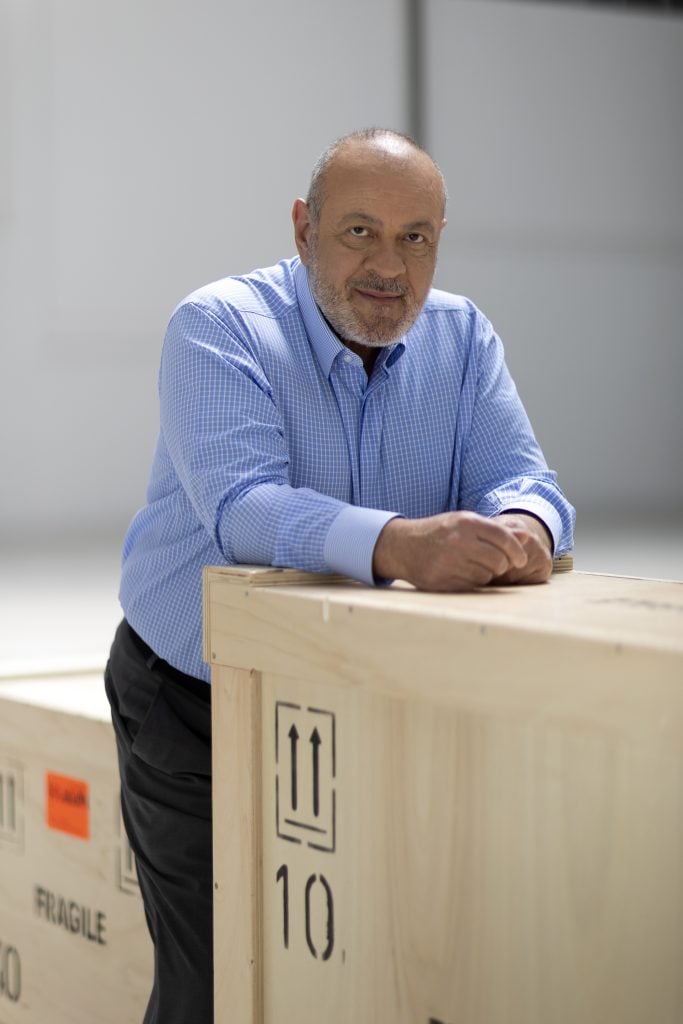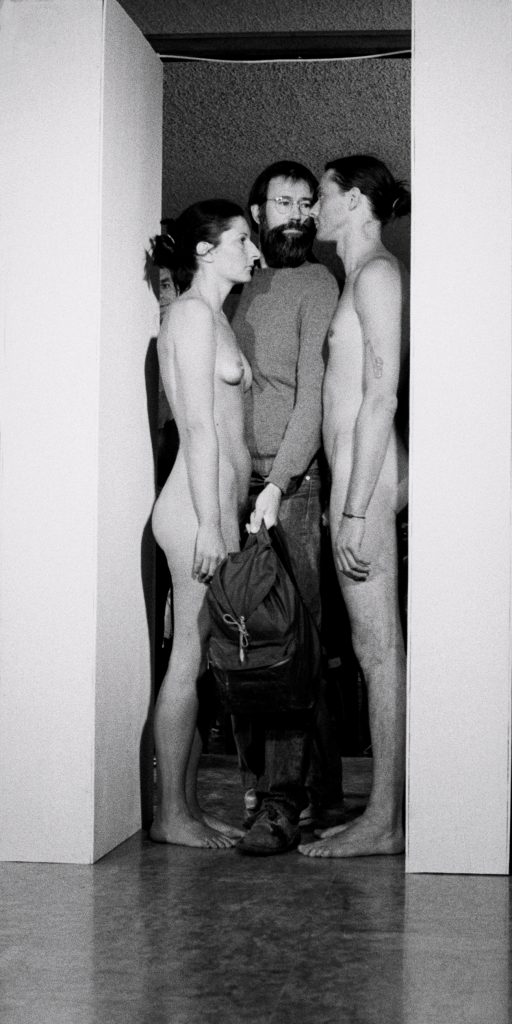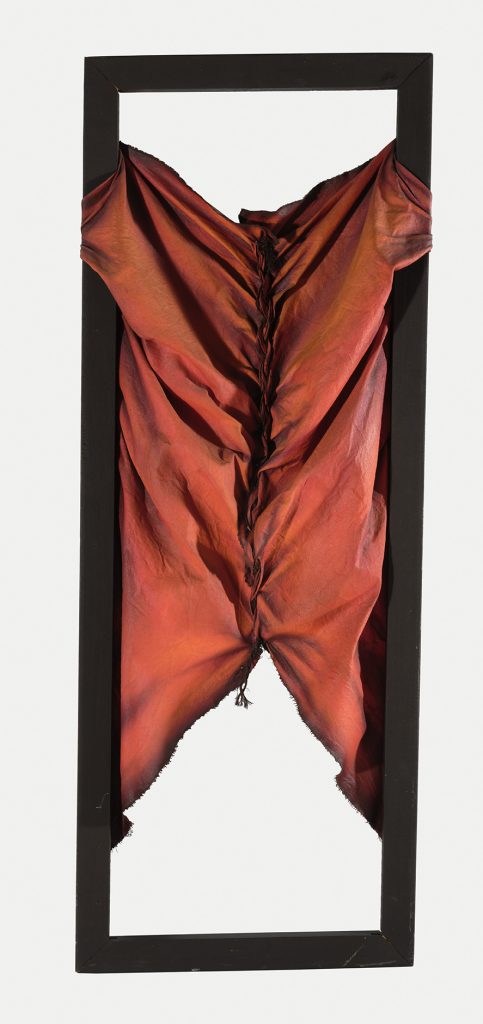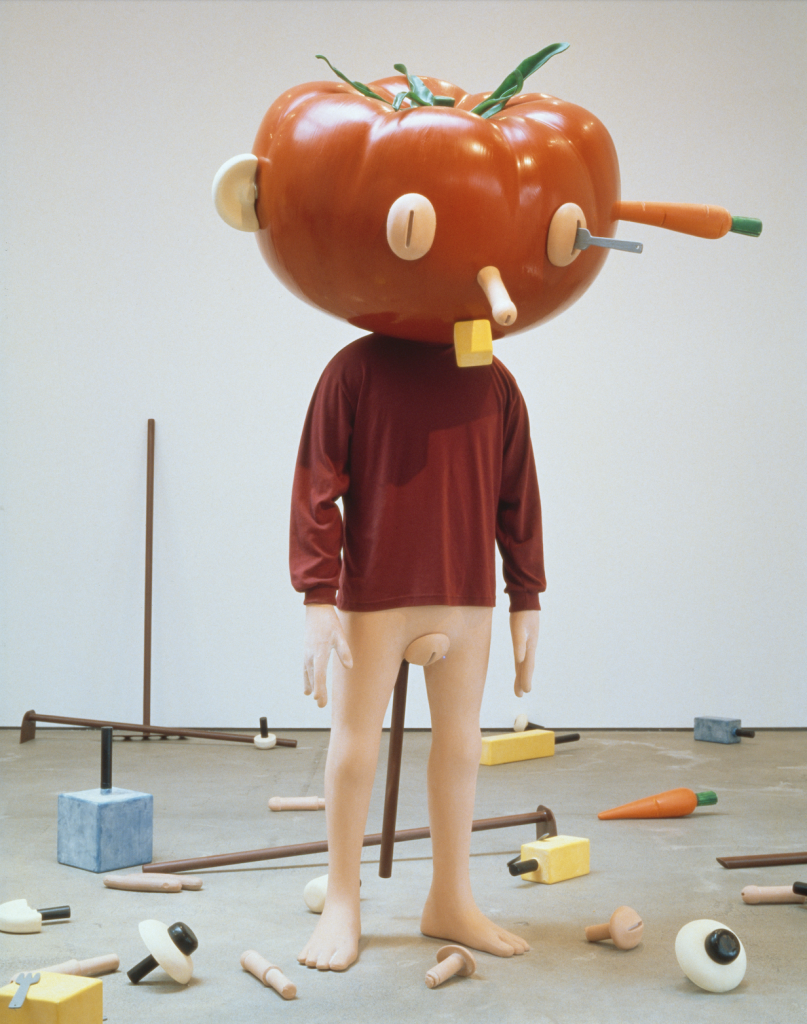Museums & Institutions
Mega-Collector Dimitris Daskalopoulos Gifts Over 350 Artworks to Four Museums in Three Countries
"The collection has to have a future beyond my lifetime, and the artworks have to have a life beyond that," he said.

"The collection has to have a future beyond my lifetime, and the artworks have to have a life beyond that," he said.

Vivienne Chow

Today, Dimitris Daskalopoulos marks the accomplishment of what was once seen to be impossible: He concludes an important chapter of his art journey by donating more than 350 works from his collection to four museums in three countries on both sides of the Atlantic.
“I never felt [like] an owner of artworks. They belong to the creators forever. An artwork is only meaningful if it is being seen, if it interacts with the viewer and creates emotions,” the jovial Greek financier and mega-collector told Artnet News over a Zoom call.
Parting with the bulk of his D.Daskalopoulos Collection, which the Leo Award-winning collector and patron founded in 1994, may be emotional: “I have affinity with every work,” he said. But giving them away is much more faithful to his philosophy than keeping the works in boxes.
“The natural ending of this is that I’m gifting these artworks to where they will have the possibility to be seen by a lot of people, and will be better preserved and keep in dialogue with people in the future,” he said. “It’s public museums, nothing else.”
More than 350 works by 142 artists from the collection will have new homes: 140 will go to the Greek National Museum of Contemporary Art (EMST), around 100 will be looked after jointly by the Guggenheim in New York (where he serves as a trustee) and MCA Chicago in the U.S., and in the U.K., Tate will keep 110.

Marina Abramović and Ulay, Imponderabilia (1977), will be shared by the Guggenheim and MCA Chicago. Giovana dal Magro and Lisson Gallery, London, courtesy of the Marina Abramović Archives.
Many of these works were created by some of the most important contemporary artists of the past few decades: Marina Abramović, Matthew Barney, Isaac Julien, Jannis Kounellis, Sarah Lucas, Paul McCarthy, Steve McQueen, Paul Thek. The collection has toured to some of the world’s top institutions, including the Whitechapel Gallery in London, the Guggenheim Museum in Bilbao, and the Scottish National Gallery of Modern Art in Edinburgh.
“I’m not an artist. I can’t even draw a square. But this collection is me saying something about contemporary art. The collection is my own creation,” said Daskalopoulos, who also founded the Neon foundation in Athens. “But the collection has to have a future beyond my lifetime, and the artworks have to have a life beyond that.”
The idea to donate the collection emerged in 2014 during a media interview— which, Daskalopoulos said, alarmed his team when they read the news. It has taken a long time to realize the idea because of the complicated process, and he wants to do it right. “It’s been interesting, but it’s a hard exercise to get there,” he admitted.

Stathis Logothetis, Torso (1981), will go to the Greek National Museum of Contemporary Art (EMST). Courtesy of the artist. Photo: Nikos Markou.
Time was also given to each institution to examine their archives to avoid duplication of works already in the collections. The institutions also had the opportunity to refuse works that they did not have the resources to maintain—such as large-scale installations that Daskalopoulos acknowledged “are even hard for a large, well-equipped museum to handle.”
The donation also comes with the creation of a network of curators: a new dedicated position will be implemented at Tate, the Guggenheim and MCA Chicago will have a shared new post, and EMST will receive additional curatorial support.
By making such a major donation against the backdrop of recent crises, from the pandemic to war in Ukraine, Daskalopoulos hopes to remind the world what is truly important. “A lot of the assumptions and confidences we have in the world order, and in human values…all of these are being questioned,” he said. The donation “is a good, timely message to remember the timelessness of art and its importance to human beings. This is a gesture in an opposite direction to the destruction happening in the world.”
Lina Mendoni, the Hellenic minister of culture and sports, praised Daskalopoulos for acting as a catalyst to make the private works accessible to the public and future generations. Richard Armstrong, director of the Solomon R. Guggenheim Museum and Foundation, described the donation as “extraordinary gift,” pledging to “facilitate a rich expansion of the narratives that can unfold in our permanent collections.” Tate director Maria Balshaw and Katerina Gregos, artistic director of EMST, thanked the collector for his “extraordinary act of generosity.”

Paul McCarthy, Tomato Head (Burgundy) (1994), will go to Tate. Courtesy of the artist and Hauser and Wirth. Photo: Douglas M. Parker Studio.
Moving ahead, Daskalopoulos is looking forward to seeing how the museums engage with the works and to participating in discussions with artists, curators, and the public—activities he believes are “more fun than collecting.” He is keeping a portion of the art for himself, but he says he has ceased buying actively. “I have stopped going to art fairs,” he said. “Promotional emails from galleries, I don’t even look at them anymore.”
As notable for what the donation entails is what it does not. Daskalopoulos has not made any stipulations around the works’ physical exhibition, nor has he asked for dedicated programming or for a gallery to be named after him, preferring to leave decisions around how to integrate the artworks to the curators. He added that he is not claiming tax benefits in any jurisdiction through this donation.
But he does have one small request, however, when these museums stage events or exhibitions in the future: “I hope they don’t forget to invite me,” Daskalopoulos said with a laugh.